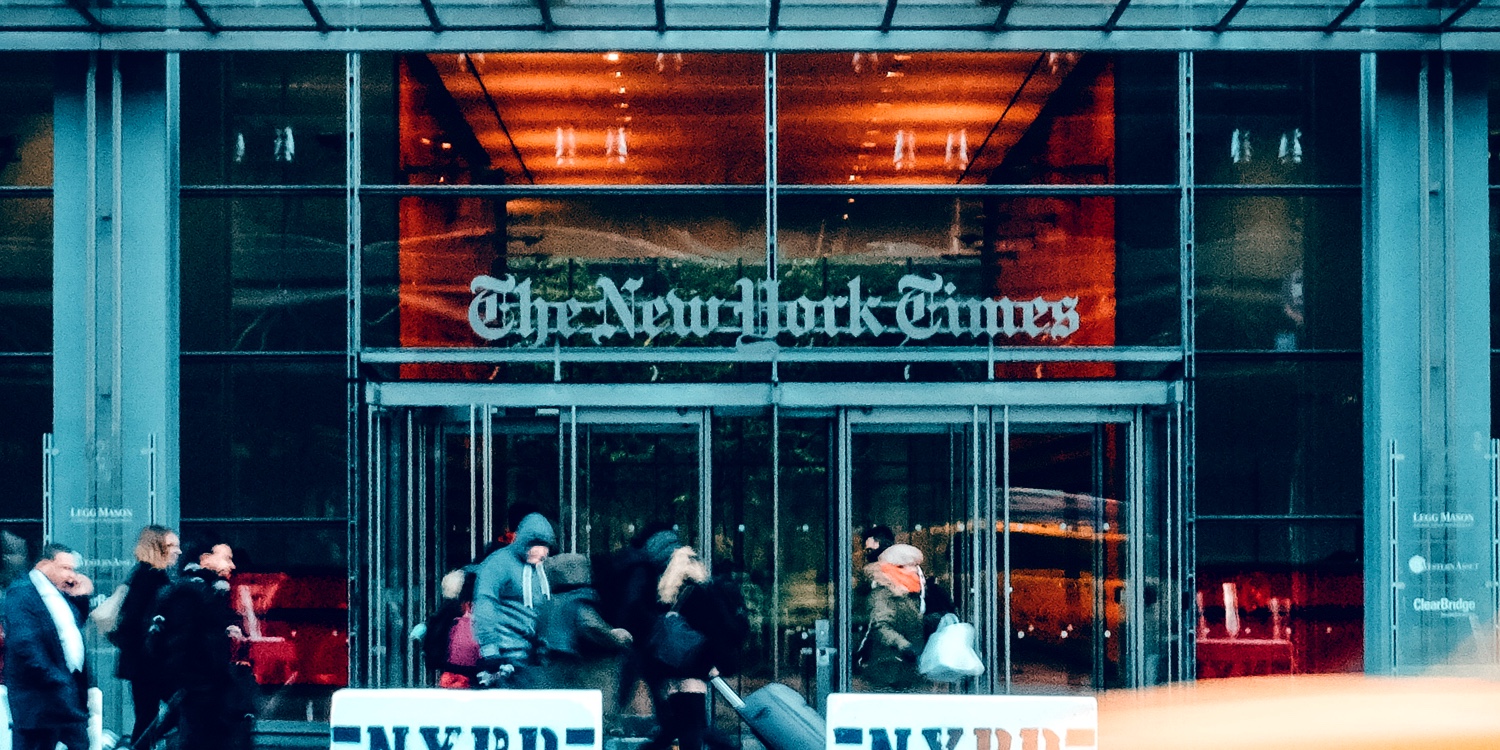Publicity for Growth – How Startups Can Use PR to Reach Their Audience

Publicity is a great way for startup businesses to increase their reach and connect with their audience in a positive way. PR horror stories should not put off startup marketers from pitching their stories. Startups are primed to benefit hugely from this type of coverage.
Bad publicity has led the decline of some of the biggest and most successful businesses ever. Do you remember how Gerald Ratner destroyed his jewelry business by labelling it as ‘total crap’?
With this in mind, publicity can seem daunting. Especially so for a startup with little experience in how to leverage the tool to their benefit.
But the startup stage is also where good publicity can have the biggest impact on growth. And it can shape your customers’ perception of your business.
Established businesses use publicity to build positive sentiment towards their brand. Unknown businesses can use publicity to quickly reach and convince their audience of their worth.
In this guide, we take a look at how startups can use PR to reach their audience in a positive way.
Publicity: What Is It?
Publicity is the attention that a person, organization or cause gets from the media. Whenever you hear about a new or innovative product or service from a brand, and it is not directly from the brand itself, that is publicity.
Publicity can be good or bad. Bad publicity will usually get wider coverage from media. This is because it engages readers and will likely generate more profit for the media owner.
But good publicity is hard to earn. Nonetheless it is very useful to help brands reach their target audience. And convince them of the worth of their offering.
You can achieve publicity through many mediums. This includes newspapers, magazines, news outlets, media websites and social media. Public Relations (PR) refers to a business’s effort to limit negative publicity and push positive publicity around their brand.
“Public Relations is the discipline which looks after reputation, with the aim of earning understanding and support and influencing opinion and behavior. It is the planned and sustained effort to establish and maintain goodwill and mutual understanding between an organization and the public.” Chartered Institute of Public Relations
Is Publicity Good?
So why is there an entire industry of businesses and professionals dedicated to publicity and public relations?
Brands that leverage publicity can see massive uplift in their brand value. PR doesn’t simply provide the reach required to get your product in front of the right people, as you can achieve this by other methods. This might include PPC and social media advertising.
Good PR also allows businesses to develop consumer trust. They achieve this by the association between the brand and the media platform. The consumer’s trust in the platform transfers to the brand itself.
For example, imagine a well-known travel journalist features a new hotel in a major newspaper. Then readers are likely to trust that recommendation. This is especially true when you compare it to a business promoting their own products or services. Consumers take these recommendations with a pinch of salt.
What Makes Good Publicity?
You can get publicity for your business for many reasons. As we have mentioned, publicity can be bad. A few recent examples of big businesses receiving bad press are Starbucks, Google and Amazon failing to pay fair taxes and Sports Direct’s ‘appalling’ conditions for workers.
However, publicity can also be very good. Some examples of great publicity would include anything that your business is doing or is closely linked that has a broad appeal to your target audience.
This may include the introduction of new product lines or services and promising innovations. It may also include any ‘good news stories’ such charity work your business has undertaken or new initiatives for business sustainability.
It is important to understand the market, your position in the market and your audience to correctly apply public relations. For example, a B2B business may push a new hire that is going to have a positive impact on their customers. This type of news is unlikely to be as popular in the B2C space, where the names and reputation of employees matter less to the customer.
Before You Pitch a PR Story
Once you decide what is noteworthy and what you want to push as a brand, you need to work out how you will get that news into the media. This means you will need to plan a fantastic pitch.
Although there is no best way to deliver a pitch to media, here are some tips on how to get started.
- Ask yourself why the media owner would care. Their goal is to get watchers, readers and listeners to engage with their content. Make sure that your idea is going to be of interest to them before you begin.
- Give them a call. This isn’t always possible, but when you have built a relationship with a journalist or reporter it is worth running your news stories past them before creating a full pitch. This saves you time in creating a pitch which will never get published and save them time in reading it.
How Do I Pitch a PR Story?
- Keep it short. Send a short write up (usually 500-600 words) that makes it very easy for the journalist to turn into content. Include other key information such as a short two-line overview, release date, links to further information and a general overview of your business for their reference.
- Make it easy. Your goal is to make it as easy as possible for the journalist to do their job. Provide them with an easy way to contact you so they can follow up with any further questions.
- Start small. By targeting smaller media platforms first you will be able to gain momentum. If bigger platforms see many other smaller platforms writing about your business, they are more likely to do the same.